Hello all,
Today I will do a short partial overview of the peoples and costumes of Transylvania. Much silliness has been written about this region in pop culture and movies. This resulted from the identification of Prince Vlad III Drăculeşti [the impaler] with the fictional character Dracula. In fact, Vlad III was ruler of Wallachia [Oltenia and Muntenia], although he was born and spent part of his childhood in Sighişoara in Transylvania. Vlad's castle, where all the nastiness took place, is actually south of the montains, and NOT in Transylvania.
Transylvania has natural borders in the Carpathian mountains on the east and south, and the Apuseni mountains on the west. The northern border is less well defined, but is generally not considered to include the Tisza river valley. Thus Transylvania is a basin mostly surrounded by mountains. [Btw, the map above is of 'Greater Romania' and does not show the current borders, especially on the north and east.]
Since the Maramures vally and Banat are not technically part of Transylvania, The traditional population consists overwhelmingly of 4 nationalities: Romanians, Hungarians, Germans and Romany. [There were also colonies of Jews and Armenians, mostly in the cities.] Here is an ethnographic map of the Austrian Empire in 1910.
This is an extremely large subject, so this overview will be far from exhaustive.
ROMANIANS
The name Transylvania, which is used by the Romanians, comes from Latin, and simply means 'The land beyond the forest'. The Romanians trace their ancestry back to the native Dacian tribes of the area, mixed with Roman settlers, especially Legionairies whose pension included a parcel of land somewhere in the empire. The Dacian language has completely disappeared, being replaced by Latin, and only contributing a handful of words to the modern Romanian Language, which is derived from Latin.
http://en.wikipedia.org/wiki/Romanian_people
The women's costume is fairly uniform over this area, consisting of an embroidered chemise and double apron, differing only in details of ornament. The mens' varies even less, consisting of a tunic and narrow pants, either linen or wool, having a very medieval look to it. Romanian Embroidery is extremely rich, but is more modest in this region compared to some others.
Bistrița-Năsăud
Mureș
Sibiu
Târnăve
Romanian young people performing a folk dance from Transylvania.
HUNGARIANS
The Hungarians, who call themselves Magyar, arrived in this area about the year 895. They call this region Erdély. They originated in the area around the Ural mountains, and their closest linguistic relatives still live along the Ob river. They form several groups in Erdély, the most numerous being the Székely. Transylvania was long part of the Hungarian Empire, and they live scattered in several different parts of it.
http://en.wikipedia.org/wiki/Magyars
http://en.wikipedia.org/wiki/Sz%C3%A9kely
The costumes tend to be very colorful, and rely more on bought cloth than those of the Romanians do. The skirts of the Transylvanian costumes are much less full than they tend to be in Hungary proper.
Székely
Mezőség
Szék
Torockó
Kalotaszeg
This first image is taken from 'Ethnic Dress' by Frances Kennett, where she implies that it is Romanian. You will see it posted online in many places as a Romanian costume, but it is in fact Transylvanian Hungarian. Her skirt is shorter than is normal for this area.
Hungarian folk dance from Kalotaszeg. I love the music of this region, sometimes called Europe's answer to the Blues, although, of course, this music is older.
https://www.youtube.com/watch?v=2rvhH2lSPn4
ROMANI
The Roma, or Romani are a traditionally nomadic people who left northwest India about 1500 years ago and arrived in the balkans roughly 900 years ago. They may originate from the Doma caste or the Rajasthani region. In English they are often called Gypsies, short for Egyptians, but this term has derogatory connotations, and they do not use it themselves. They do not have formal folk costumes, but have retained some of the dress habits of Rajasthan, including very full long skirts, a love of bright colors, and a love of jewelery, especially hoop earrings and bangles. Apart from being known as entertainers and sharp traders, they are renowned as metalworkers and musicians. They are only a small percentage of the population, but they have left an indelible stamp on the musical traditions of this area.
https://en.wikipedia.org/wiki/Romani_people
Many dance groups have made up 'Gypsy' dances; here is some of the real thing.
Roma dancing on stage
https://www.youtube.com/watch?v=3YwogmBz51k
https://www.youtube.com/watch?v=2GF7jY0YJyc
Roma dancing in the village
https://www.youtube.com/watch?NR=1&v=Pyt9pAS8AiQ&feature=endscreen
https://www.youtube.com/watch?v=_Ka289l3W0Q
GERMANS
German Settlers began to colonize Transylvania in the mid 1100's. They call this regionSiebenbürgen, which means the Seven Cities [or citadels]. They were mostly Franconian in origin, but are traditionally called Saxons. They formed a significant portion of the population in Transylvania until 1989, when under the reign of Nicolae Ceaușescu they began a mass exodus because of conditions under his dictatorship, and the willingness of Germany to pay ransom for them. Out of perhaps 200,000 Transylvanian Saxons, perhaps 15,000 remain in their homeland. They lived mostly in southern Transylvania, where 6 of the 7 cities are found. The 7th is further north, and that population is separated from the others. I have not fully figured out the differences between the costumes of the different city areas, but here is a taste.
https://en.wikipedia.org/wiki/Transylvanian_Saxons
North Transylvania; Bistritz orNösnerland
South Transylvania
Grand March and street dance of the Transylvanian Saxons. Several different costumes are highly visible. This event took place in
https://www.youtube.com/watch?v=bt7DaSZRLak
Thank you for reading, I hope that you have found this interesting and informative. This is obviously just the barest taste of the richness of this region,; made all the richer for having a diverse population.
Feel free to contact me with requests for research. I hope to eventually cover all of Europe and the Former Russian Empire/Soviet Union. I also gratefully accept tips on source materials which i may not have. I also accept commissions to research/design, sew, and/or embroider costumes or other items for groups or individuals. I also choreograph and teach folk dance.
Roman K.
Source material is too numerous to list here. I thank all those who keep the tradition of this region alive to enrich the culture of the world. I will likely add to this later.
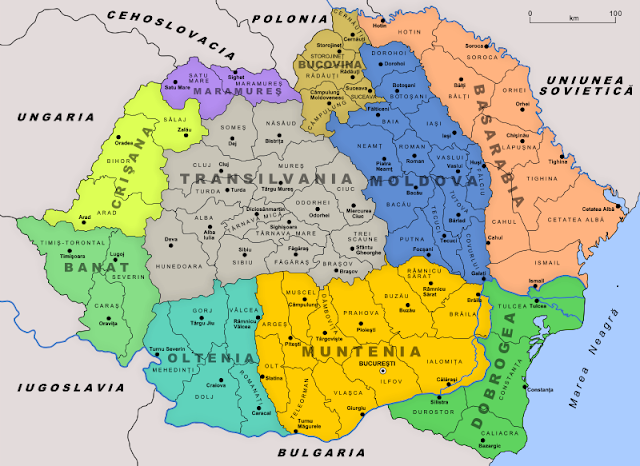



















































































































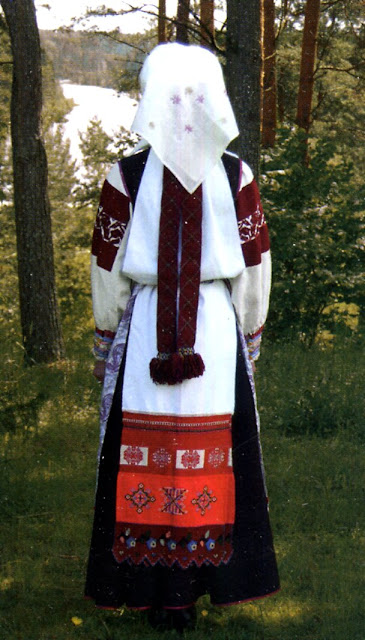










































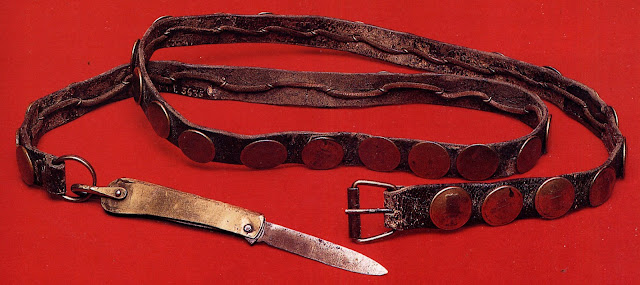








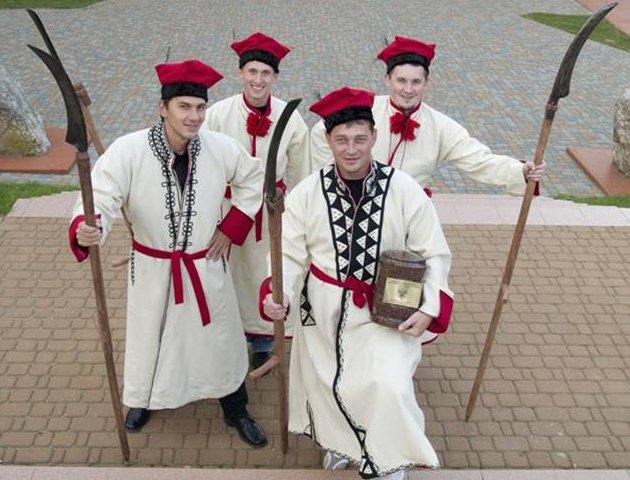


















































































































































































































































































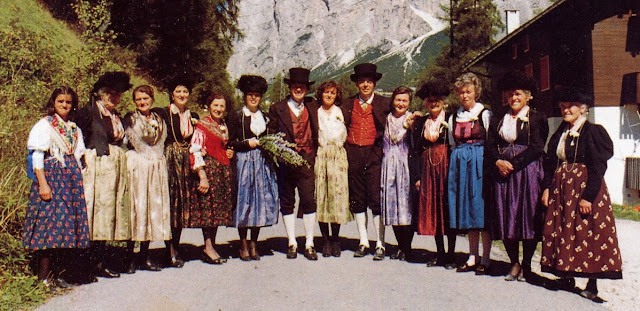













































































































































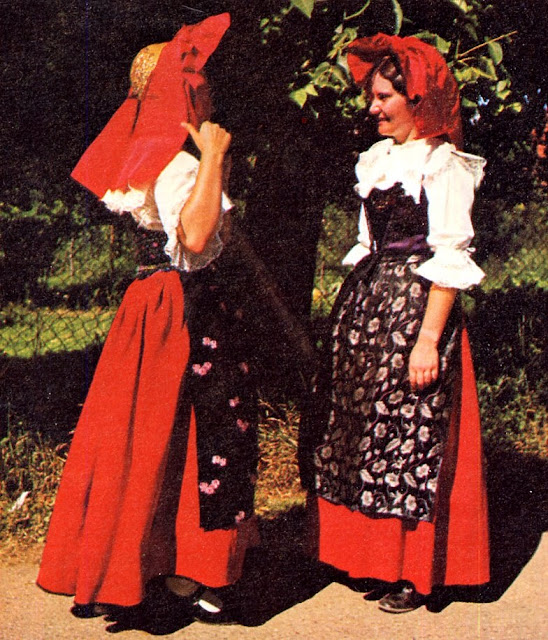














































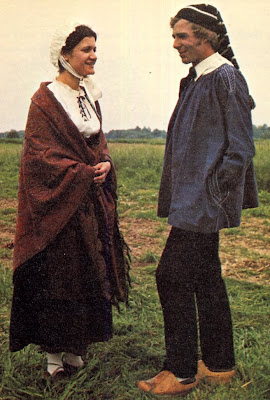





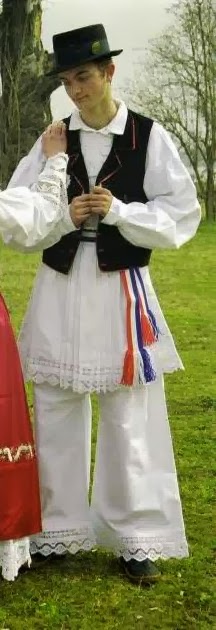






































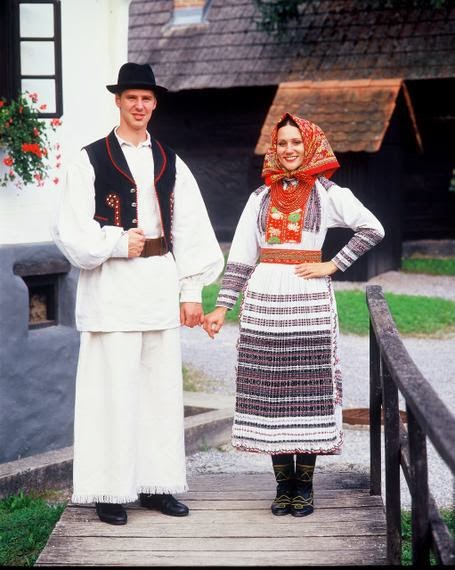











































































.jpg)
.jpg)




























2.jpg)






















































































































































































.jpg)








































































